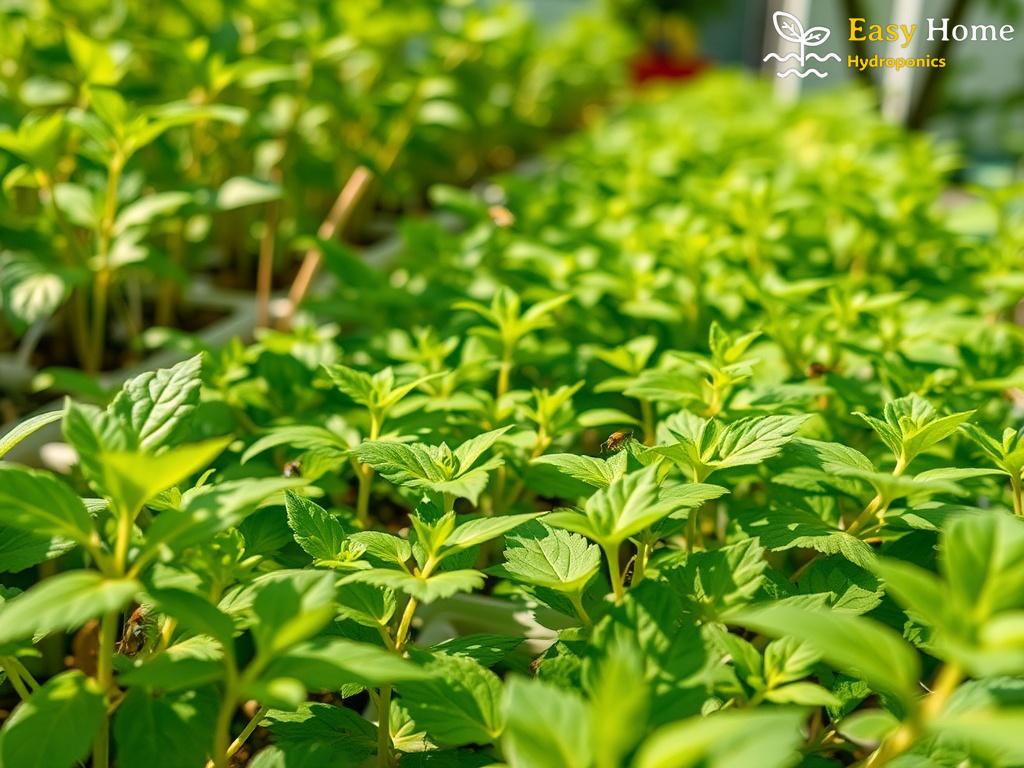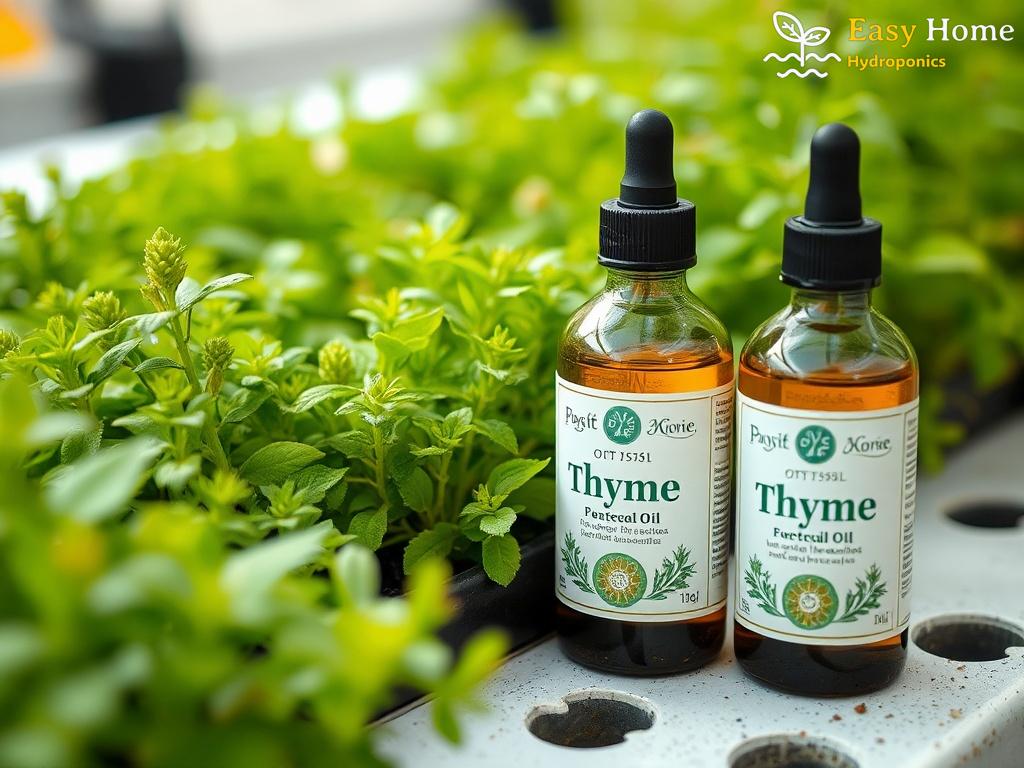Leafminers are a significant threat to hydroponic greens, often leading to unsightly damage and reduced crop yields. These pests, which burrow between the leaf layers, create distinctive trails that can diminish the aesthetic and nutritional value of the plants. Understanding the biology and behavior of leafminers is crucial for hydroponic growers who aim to maintain healthy crops.
Identifying leafminers early can be the key to mitigating their effects. They typically emerge as small, slender larvae that feed on the leaf tissues, leaving behind characteristic mines or trails. As these pests can reproduce rapidly, timely intervention is essential in preventing widespread infestation.
Implementing an effective pest management strategy is critical for safeguarding hydroponic greens from leafminers. Growers can adopt a combination of cultural, biological, and chemical control methods to address infestations. Each approach has its own strengths, and understanding when and how to apply them can lead to successful outcomes.
- Cultural Controls: These include practices such as crop rotation, maintaining optimal growing conditions, and removing debris that may harbor pests.
- Biological Controls: Introducing natural predators like parasitic wasps can help keep leafminer populations in check.
- Chemical Controls: Insecticides can be effective against leafminers, but they should be used judiciously to minimize harm to beneficial insects.
Monitoring for leafminer activity is essential for early detection and effective management. Regular inspections of plants can help identify the first signs of infestation, allowing growers to act quickly. Employing traps and visual inspections can further enhance monitoring efforts.
Additionally, preventative measures can significantly reduce the likelihood of an infestation. Maintaining healthy plants, ensuring proper air circulation, and providing adequate nutrition can bolster plant defenses against leafminers. By fostering a resilient growing environment, hydroponic growers can minimize the impact of these pests on their crops.




